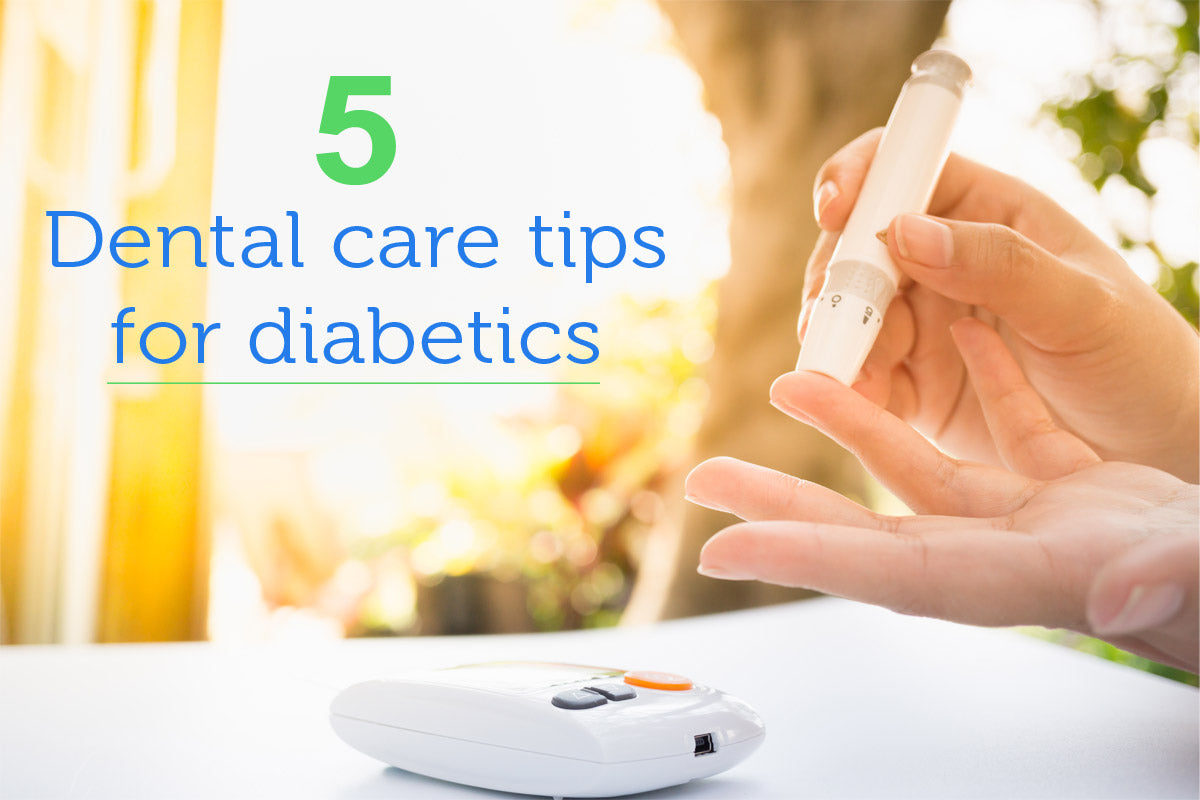Remember the first time your baby smiled at you? You thought your heart would melt right then and there.
Well, just wait until all those baby teeth start coming in. Cuteness overload!
The problem is: many parents, especially first-time parents, have no idea what to expect when their babies are expecting teeth.
But fear not! We’ve got you covered with this complete guide to baby teething.
Baby Teething Timeline
When do babies start teething? While the below is a typical baby teething schedule, every baby is different. Family history is the biggest factor for determining when your baby’s teeth will come in.
If you got your teeth in early, chances are your baby will too! If your baby still hasn’t gotten the first tooth by 18 months, talk to your pediatrician.
Teething fun facts: baby teeth normally erupt in pairs. And the teeth usually arrive in a certain order.
4-6 months: the first teeth begin to erupt. Usually, it’s the two bottom front teeth (central incisors).
8-12 months: Top two teeth come in.
9-16 months: teeth next to the middle ones come in, both top and bottom.
13-19 months: First molars appear, two on top, two on bottom.
16-23 months: the canine teeth (pointed ones) come in, two on top, two on bottom.
23-31 months: second molars come in, two on the bottom, then two up top.
Age 3: your toddler should have a full set of baby teeth (20).
What to Expect When Your Baby is Teething
Some babies will have no teething symptoms at all, while other babies (and their tired parents) will have a rougher go of it.
Teething symptoms will normally appear 2-3 months before the teeth actually make their appearance, and can include any or all of the following teething symptoms:
- Drooling
- Rash or redness on the chin (This is due to the drooling. Be proactive and wipe the drool away and protect the chin with Vaseline or a mild, unscented lotion)
- Wanting to bite, chew and suck on everything
- Not wanting to eat
- Irritability or crying more than usual
- Waking up during the night
- Ear tugging or cheek rubbing
5 Ways to Relieve Your Baby’s Teething Pain
1. Gum Massage
Gentle pressure feels great on the gums and will distract your baby from the pain of teething. You can give your baby a gum massage three different ways:
- With your own clean pinky finger
- Chilled or room temperature BPA-free teether
- Hard, unsweetened teething cracker
Experiment to see which gum massage technique your little one loves best.
2. Cold Washcloth
Refrigerate a wet washcloth and chill it for a while. Your teething baby will love chewing on the chilled washcloth for two reasons: the cold will numb the pain while the ridges of the fabric will give your baby a soothing massage.
3. Food & Drink for Teething
If your baby is already on solids, buy one of those little mesh teething bags and put some chilled fruit inside, such as mashed up bananas or apple slices. It’s a tasty, health snack that will feel great on your teething baby’s gums.
Child not on solids? Try chilling a spoon and give it to your baby to mouth on.
If your baby is over 6 months and drinking out of a slow-flowing sippy cup, fill it up with cool water and let your baby sip to find soothing relief from teething.
4. Teething Jewelry
Your baby is always on your lap and always loves to chew, which makes teething jewelry a convenient (and stylish) way to help with your baby’s teething pain.
Choose child-safe, food-grade silicone and 100% BPA-free teething necklaces and bracelets. Steer clear of amber teething necklaces, as they can pose a choking hazard.
5. Pain Medications
When nothing else is working to relieve your child’s teething pain, talk to your baby’s doctor about giving a painkiller like acetaminophen. Ibuprofen may also be recommended to relieve teething pain if your baby is over 6 months of age.
Important: Never give your teething baby aspirin, which can cause Reye’s syndrome. Also avoid homeopathic teething tablets and gels. The FDA is currently investigating reports of adverse affects of these products, such as trouble breathing, difficulty urinating, muscle weakness and more.
How to Care for Your Baby’s New Teeth
“They’re just going to fall out anyway, do I really need to take care of my child’s baby teeth?”
Absolutely, yes! It’s important to take care of baby teeth because this will keep your baby’s gums healthy and pave the way for healthy permanent teeth to grow in. Healthy teeth will also help with your baby’s chewing and speech development.
Before the Baby Teeth Come In:
Wipe off the gums after feedings with a warm, damp washcloth. You can also purchase a rubbery device that fits over your finger to clean the gums (makes for a great gum massage too).
As the Baby Teeth Emerge:
Brush both morning and evening, using a child-size toothbrush and a kid-friendly toothpaste. If your child is under the age of 3, use only the amount of a grain of rice. You can graduate to a pea-size amount of toothpaste when your child is over age 3.
You’ll want to do the tooth brushing for your child until about age 5 (when they have the dexterity to tie their shoes). Talk to your doctor or dentist about whether fluoride or fluoride-free toothpaste is the best option for your baby.
Baby Teething? You Got This.
Follow these teething tips and take note of the baby teething schedule to prepare yourself for what’s to come. Even though teething can be a tedious time, try to enjoy the moments. Before you know it, your precious baby will be asking to borrow the car!



